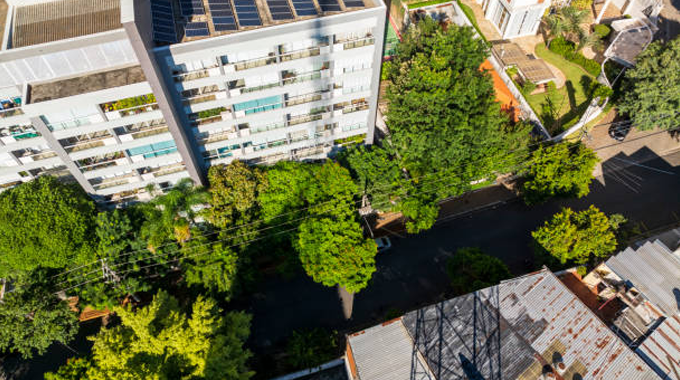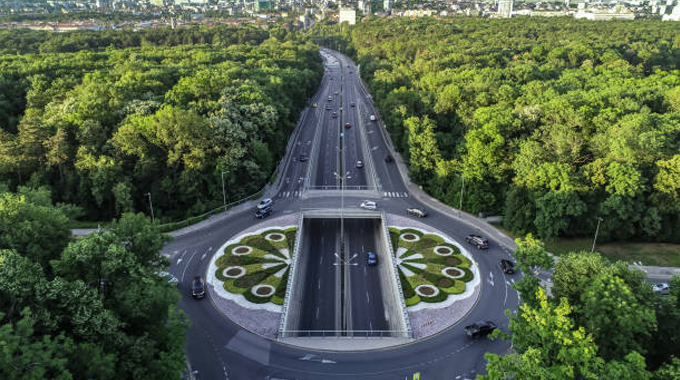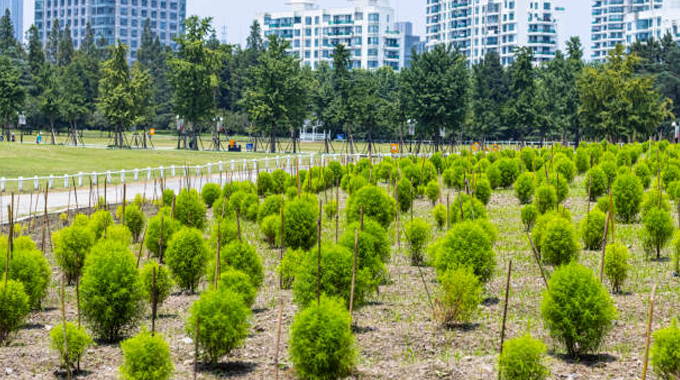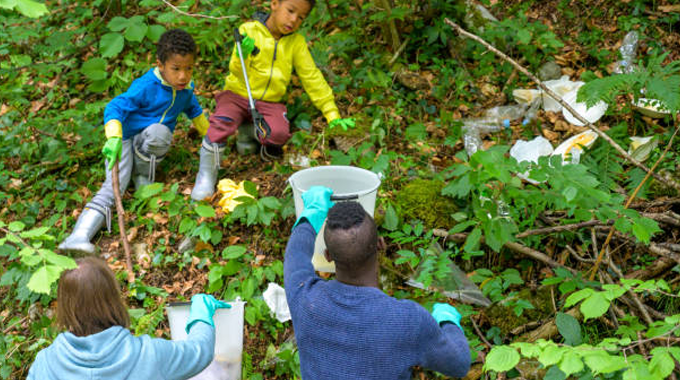Creating and Maintaining Healthy Urban Forests
- August 19, 2024
- 0 comment
Creating and maintaining healthy urban forests is essential for enhancing the quality of life in cities. Urban forests, which consist of trees and green spaces within city landscapes, provide numerous benefits, including improving air quality, reducing urban heat islands, and fostering biodiversity. The process of establishing these green spaces involves careful planning, selection of appropriate tree species, and ongoing maintenance to ensure their longevity. Maintenance practices such as regular pruning, pest management, and soil health monitoring are crucial to the vitality of these forests.

Moreover, community involvement and education play a significant role in the success of urban forestry initiatives, as they encourage stewardship and awareness. A well-managed urban forest contributes not only to the environmental health of a city but also to the physical and mental well-being of its residents, making it a vital component of sustainable urban development.
List of Creating and Maintaining Healthy Urban Forests
- The Importance of Urban Forests
- Planning and Designing Urban Forests
- Tree Planting and Establishment
- Maintaining Urban Forests
- Community Engagement and Education
- Challenges in Urban Forestry
- The Future of Urban Forests
The Importance of Urban Forests

Urban forests play a critical role in enhancing the environmental, social, and economic fabric of cities. They provide numerous environmental benefits, such as improving air quality by filtering pollutants, sequestering carbon dioxide, and reducing the urban heat island effect through shade and cooling. These green spaces are also vital for public health, offering mental health benefits by providing areas for relaxation and recreation, while simultaneously increasing property values and fostering community cohesion. Additionally, urban forests contribute to biodiversity by serving as habitats for a variety of wildlife, thereby enhancing the ecological diversity within urban areas.
Planning and Designing Urban Forests

Effective urban forest planning begins with a thorough assessment of the urban landscape to identify suitable areas for planting. This process involves selecting tree species that are well-adapted to urban environments, considering factors like local climate, soil conditions, and space availability. Incorporating a diverse mix of species is crucial to enhancing the resilience of urban forests against pests, diseases, and climate change. Moreover, urban forests should be integrated with existing infrastructure and green spaces to create a cohesive and interconnected urban ecosystem, maximizing the ecological and social benefits these green areas can provide.
Tree Planting and Establishment

Planting trees in urban areas requires careful planning and execution to ensure their successful establishment and growth. Best practices include proper soil preparation to support root development, choosing the right planting techniques, and providing early care such as mulching and watering. The success of urban tree planting initiatives is often bolstered by community involvement, as local residents and organizations can contribute to planting efforts, fostering a sense of ownership and stewardship that is essential for the long-term health of urban forests.
Maintaining Urban Forests
Maintaining healthy urban forests requires ongoing care and attention. Regular pruning is essential to maintain tree health and safety, while pest and disease management strategies are necessary to protect trees from common urban threats. Monitoring soil health and applying appropriate fertilization practices can support tree growth and vitality. Additionally, proper watering and irrigation are critical, especially in areas where rainfall may be insufficient to meet the water needs of urban trees. Consistent maintenance efforts ensure that urban forests continue to thrive and provide their numerous benefits over time.
Community Engagement and Education

Community engagement and education are key components of successful urban forestry programs. Public awareness initiatives help people understand the importance of urban forests and the role they can play in maintaining them. Engaging local communities in tree care and forest management activities, such as volunteer planting days or educational workshops, fosters a sense of connection to the urban environment. Partnerships with local organizations can also enhance these efforts, providing additional resources and support for urban forestry projects.
Challenges in Urban Forestry
Urban forestry faces several challenges, including limited space for planting, pollution, and the impacts of climate change. These challenges require innovative strategies, such as utilizing small or unconventional spaces for planting, implementing pollution-resistant tree species, and adopting climate-resilient practices. Overcoming these challenges is essential to ensuring the long-term success and sustainability of urban forests.
The Future of Urban Forests
Looking ahead, urban forestry is poised to play an even more significant role in city planning and development. Trends such as the increased use of technology for monitoring and managing urban forests, including the use of drones and GIS mapping, are helping cities better understand and care for their green spaces. Ensuring the sustainability and growth of urban forests will require continued innovation, investment, and community involvement, paving the way for healthier, more resilient cities in the future.
Frequently Asked Questions (FAQs)
- What are urban forests?
Urban forests refer to the collection of trees, shrubs, and other vegetation found in and around cities and towns. They include street trees, parks, green spaces, and even private gardens. - Why are urban forests important?
Urban forests provide numerous benefits, including improving air quality, reducing heat in cities, enhancing biodiversity, and offering social and economic advantages such as mental health benefits and increased property values. - How do urban forests improve air quality?
Trees in urban forests absorb pollutants like carbon dioxide, sulfur dioxide, and nitrogen dioxide. They also filter particulates from the air, leading to cleaner, healthier air in urban areas. - What factors should be considered when planning an urban forest?
Key factors include assessing the urban landscape, selecting appropriate tree species, ensuring species diversity for resilience, and integrating the forest with existing infrastructure and green spaces. - How do I choose the right tree species for an urban forest?
Tree species should be selected based on the local climate, soil conditions, space availability, and their ability to withstand urban stressors like pollution and limited space. - What are the best practices for planting trees in urban areas?
Best practices include proper soil preparation, using correct planting techniques, and providing early care such as mulching and regular watering to help trees establish and thrive. - How can communities get involved in urban forestry?
Communities can participate in tree planting initiatives, attend educational workshops, volunteer for tree care programs, and engage in local urban forestry projects to help maintain and expand urban forests. - What challenges do urban forests face?
Common challenges include limited space for planting, pollution, climate change, and pests and diseases. Overcoming these challenges requires innovative strategies and community involvement. - How are urban forests maintained?
Urban forests require regular maintenance, including pruning, pest and disease management, soil health monitoring, and ensuring adequate watering and irrigation. - What role does technology play in urban forestry?
Technology is increasingly used to monitor and manage urban forests, with tools like drones, GIS mapping, and remote sensing helping cities optimize tree care and management practices. - What are the future trends in urban forestry?
Future trends include greater use of technology for forest management, increasing focus on climate resilience, and the integration of urban forestry into broader city planning efforts to create sustainable and livable urban environments.

Gilbert Griffin
Forestry AuthorGilbert Griffin is a forest management expert specializing in sustainable practices, forest health, conservation, and land management. With extensive knowledge in pest control, disease management, and habitat restoration, Gilbert develops strategies to preserve forest ecosystems and biodiversity. Passionate about the natural world, Gilbert adapts to changes in forest management and stays updated through continuous learning. Gilbert also provides seasonal advice to optimize forest care throughout the year.









Leave your comment